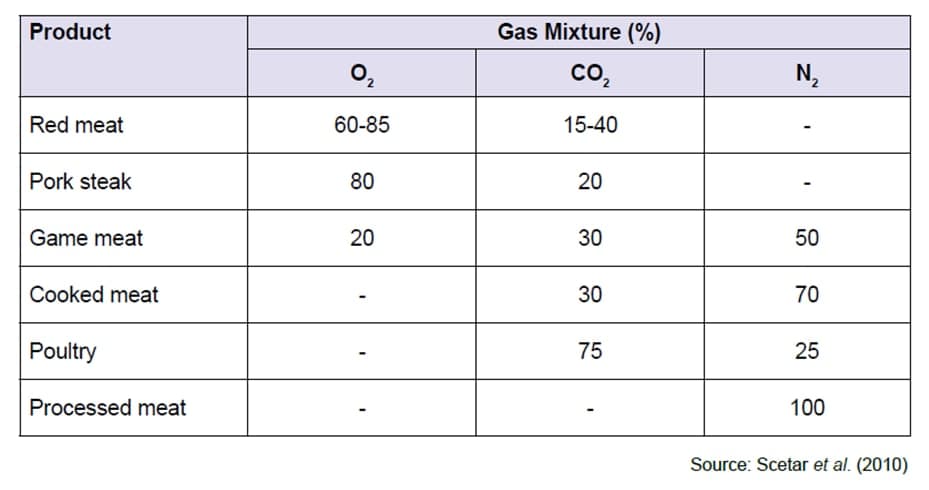Global packaging market in food industry is on the verge of next step of growth. Strong favourable demographics aside, factors such as increasing incomes, rising consumer awareness and demand for processed food are expected to be the key motivations of this growth. Because of this fact, both packaging suppliers and end-users are forced to shift from bulk packaging to retail, and unit-level and small-sized packaging. Packaging is not just the materials surrounding a product, it is also essential to address specific functional and marketing requirements. These includes all aspects of distribution, storage, and merchandizing along with containment, protection, preservation, portioning, convenience, and communication. These requirements are required due to marketing performance. Considering above issues, what is the function of the package?
A major function of the package is to serve as protection from external environment, which includes temperature, moisture or humidity, oxygen, airborne particles, and light. It must also protect against biological contamination from microorganisms, rodents, insects, and other pests. A package further serves as a marketing tool because it must provides space for a label that carries information, such as product identification, ingredients, nutritional information, net weight, verification of inspection, cooking instructions, company name and location, and instructions on how to contact the processor.
The package must protect against loss or gain of moisture and regulate permeation of gases such as oxygen, carbon dioxide and nitrogen. This allows the package to function in managing meat color and appearance by minimizing oxidation, influencing color, odor, flavor, and safety, and also provide the environment to discourage microbial growth, which in turn delays the occurrence of spoilage and lessens the impact of food borne pathogens. The package cannot improve or completely stabilize the product quality, but it can only slow down quality deterioration. A major consideration is product's shelf life, especially in the light of long distances for distribution of product to the ultimate consumers.
The barrier property of a packaging material is a measure of the resistance offered to a permeant, irrespective of it being gas like oxygen, carbon dioxide, nitrogen, or carbon monoxide; or moisture vapor; or a sensory trait such as aroma. This information is a very important part of a film or package specification. Considerations in selecting and designing a package include strength factors, which include tensile, elongation and tear strength, and resistance to puncture, all of which should be considered at all temperature and humidity conditions expected. The shelf life of the film itself is important. Machinability factors include stiffness and slip (which affects the ability of people to open bags); and merchandising factors like clarity or transparency, gloss, absence of an undesired film color, and antifogging characteristics are important. The most widely considered factor, or the bottom-line trait, is the cost.
The basic principle of vacuum packaging is quite simple and has been successfully used commercially. The preservative effect in vacuum packs is achieved by removing air from within the pack and maintaining an oxygen deficient environment around the product by sealing the product in a flexible film of low oxygen permeability. This oxygen deficient in-pack environment extends the product's Storage life by selecting a slower growing anaerobic spoilage microflora and preventing the proliferation of the fast growing aerobic spoilage organisms. The plastic film used for vacuum packaging must have a high resistance to gases and water vapour with perfect seals and good mechanical strength.
Modified-atmosphere packaging
In modified atmosphere packaging (MAP), the gaseous environment around the meat is modified before heat sealing, and then gradually changes as a result of the interaction between the product and the packaging. The gases and their proportion to be used in modifying the atmosphere inside the package is carefully selected for a particular type of meat product. Nitrogen, carbon dioxide and oxygen are the three most important gases. Nitrogen is an inert gas and does not react with the various constituents of a meat product. Oxygen is used when the development of a desirable colourbecomes imperative. Carbon dioxide is used to create anaerobic environment inside the package. The gaseous mixture in MAP differs for various species.
Gas mixtures used in modified atmosphere packaging for meat and poultry products
